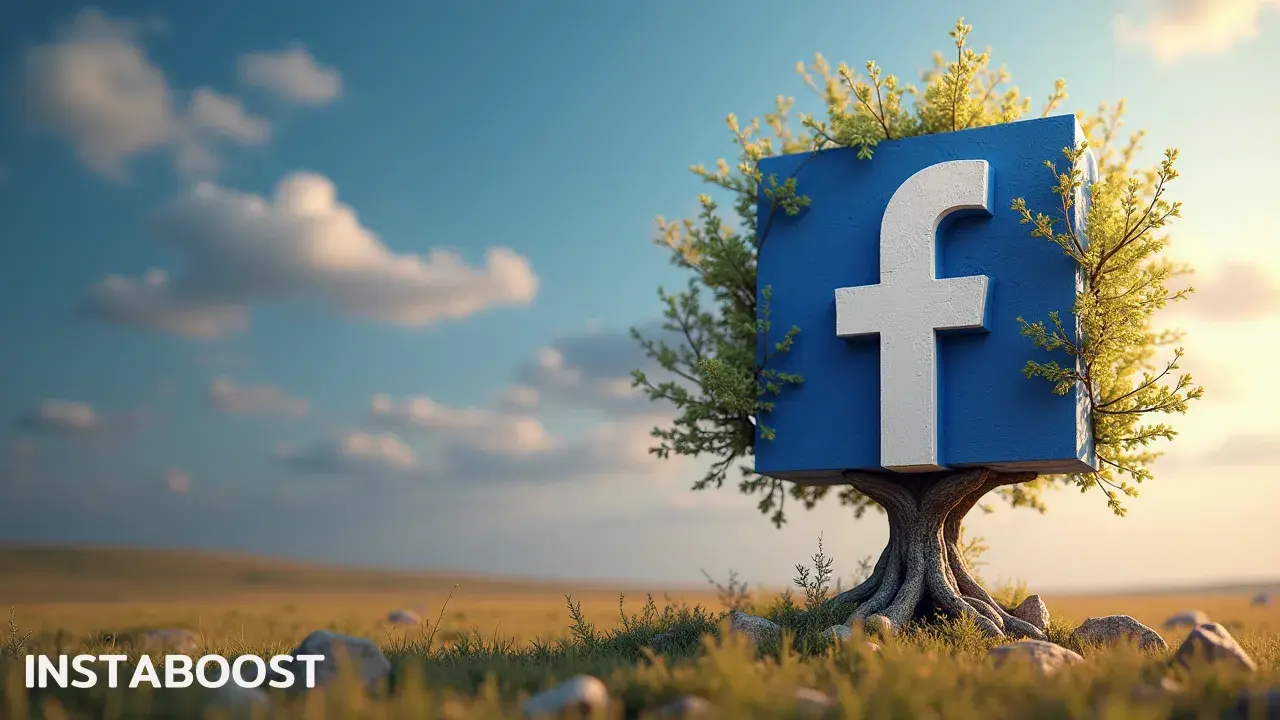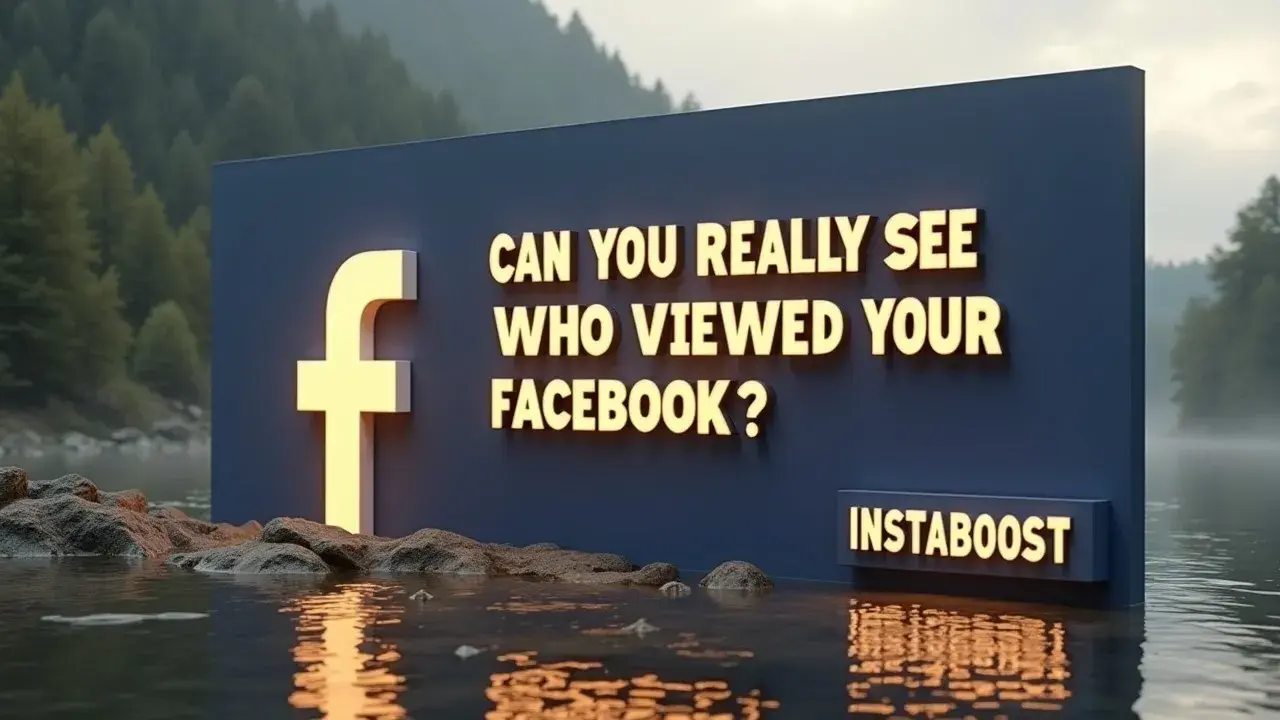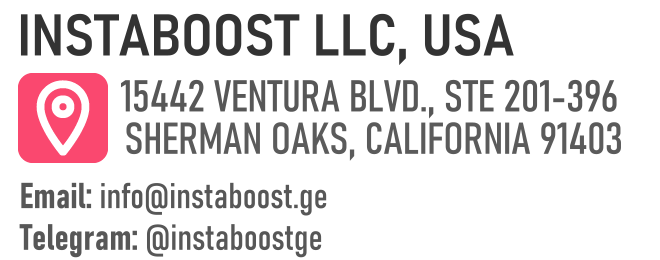Can You Really See Who Viewed Your Facebook?
Direct access to a list of profile viewers is not provided. Meaningful signals come from early reactions, steady comment threads, watch time holds, and repeat visits that suggest growing interest. Align posting times and formats with the windows where those metrics peak, then review results after a few days to confirm the lift. Misreading one-off spikes can mislead, but focusing on consistent patterns offers a smart path to steady growth.
The Real Curiosity Behind Profile Views
We’ve all wondered who’s checking our Facebook, but the more useful question is what those patterns say about interest and timing. The platform won’t hand you a list of profile viewers, yet you can read intent if you treat engagement as a proxy.
Notice how fast reactions land after you post, whether comments keep going past the first hour, and which posts get repeat touches from the same names across Stories, Reels, and Messenger replies. Together, those signals form a heat map for who’s actually paying attention, and pairing that with clean analytics from Creator Studio or tools to grow Facebook effectively helps you see when your audience is most view‑ready and schedule into those windows.
Notice how fast reactions land after you post, whether comments keep going past the first hour, and which posts get repeat touches from the same names across Stories, Reels, and Messenger replies. Together, those signals form a heat map for who’s actually paying attention, and pairing that with clean analytics from Creator Studio or tools to grow Facebook effectively helps you see when your audience is most view‑ready and schedule into those windows.
It works especially well when you combine early momentum, like a targeted promotion to warm followers, with real comments and creator collabs that seed genuine conversation. A simple testing loop helps here. Publish, track the first 24 – 48 hours, adjust the hook or format, then recheck the same time slot next week.
Curiosity about who viewed your Facebook pays off when it pushes you toward measurable patterns rather than guesswork. You won’t get a face‑by‑face roster, but you will see who keeps showing up through consistent retention, watch time holds on Reels, and recurring names in meaningful threads. That turns a vague hunch into actionable audience intelligence, and it tends to outperform any shortcut that promises a magic list of viewers.
Curiosity about who viewed your Facebook pays off when it pushes you toward measurable patterns rather than guesswork. You won’t get a face‑by‑face roster, but you will see who keeps showing up through consistent retention, watch time holds on Reels, and recurring names in meaningful threads. That turns a vague hunch into actionable audience intelligence, and it tends to outperform any shortcut that promises a magic list of viewers.

Trustworthy Signals Beat Guesswork
The secret isn’t scale. It’s sequence. If you care who’s viewing your Facebook, the credible path is watching how attention stacks over time, not chasing a mythical viewer list. Start with early momentum. Posts that earn reactions in the first 15 – 30 minutes usually point to warm audiences already primed by recent touchpoints like Story taps or Messenger replies.
Then look at retention signals. Comments that turn into back-and-forth, watch time that holds past the 3-second skim, and the same names showing up across Reels and Stories within a week are concrete indicators of interest. Paid boosts work when you use reputable targeting, frequency caps, and clean analytics. You’re buying clarity, not vanity; the same goes for any temptation to buy Facebook followers, which muddies signal quality instead of sharpening it. Creator collabs and cross-posts help when the partner’s audience matches your topic and you track saves, shares, and profile taps rather than raw reach.
Smart use means pairing your cadence with timing windows. Post near the times when your last clips earned the fastest first ten reactions, then check again 48 hours later for late-cycle engagement. If you want an accelerant, limited and well-targeted promotion helps validate whether a post resonates beyond your current circle, as long as you compare comment quality and completion rates against organic baselines. The crisp insight holds: repeat exposure across formats from the same people within short intervals is a stronger proxy than any single metric. Treat that cluster as your warm segment and test a follow-up that answers their last meaningful comment. Over two or three cycles, you’ll see whether interest is expanding or concentrating, which tells you more about who’s viewing – and why – than any “who viewed my profile” promise ever could.
Turn Curiosity Into a Measurable Signal Plan
The best strategies feel obvious in hindsight. Treat that “who viewed my Facebook” itch as a steady testing loop that turns attention into patterns you can use. Pick one anchor metric per format: a 3-second hold for Reels, 50% retention for Stories, and meaningful comments – not emojis – on feed posts. If you can add a small, reputable boost, like a narrowly targeted promotion to recent engagers, run it for 48 hours and tag the post with clean analytics so paid and organic signals stay separate. Sequence it with intent. Post when your warm names have been active in the last 24 hours, then watch the first 15 to 30 minutes for early momentum.
If the same few names tap your Story and reply on Messenger within a week, that’s a heat map forming, not an accident. Double down by pairing creator collabs with a prompt that invites real comments, then check whether watch time holds past the skim. When the thread keeps going after the first hour, you’ve likely matched topic to intent. Archive low-fit spikes. They inflate reach without advancing relationships. Instead, schedule your next post in the window when your warm audience actually shows up, and retest with one variable changed – hook, thumbnail, or CTA.
Over two or three cycles, you’ll see who effectively “views” your Facebook through repeat touchpoints. You’re not chasing a viewer list. You’re building clarity: which names return, which formats retain, and which prompts trigger replies. That clarity pays off when you invest in targeted promotion or trials, because it works when you recognize quality fit and scale it with safeguards.
Resist the Bait, Reward the Signals
I’ve made this mistake enough to spot it now. Chasing “see who viewed your Facebook” shortcuts drains focus from the only thing that compounds: patterned engagement you can actually test. The bait looks harmless – a browser trick, a fringe app, a rumor about profile viewers – but it scrambles your feedback loop and muddies what your audience is telling you in plain sight.
Push back by tying curiosity to behavior you can verify within the platform: early momentum in the first 15 – 30 minutes, watch time that holds past the skim, real comments that turn into back-and-forth, and the same names showing up across Reels and Stories within a week. If you want extra clarity, pair organic tells with a small, reputable boost aimed at recent engagers and tag it cleanly so paid and organic stay distinct; even when people mention tools to order Facebook views fast, the only thing that matters is whether your segmentation and labeling keep the reads honest. It works when the promotion is matched to intent – short window, tight targeting, and safeguards like frequency caps – so retention signals don’t get blurred.
Creator collabs can help, but only if you formalize the metric you’re buying, like 50% Story retention, and confirm it with your own analytics. The point isn’t outsmarting Facebook profile viewers. It’s converting curiosity into a measurable plan that holds up beyond any single post. When you treat reactions, holds, and repeat names as your north star, guesswork fades and buying decisions get smarter. You invest where early attention proves it will stick. That’s the lever – quality inputs, clear time windows, and clean attribution – so every test teaches you something you can reuse next week.
Close the Loop: From Curiosity to Compounding Results
You don’t need an outro. You need a clean start. Treat the “who viewed my Facebook” curiosity as your cue to run one more cycle of focused testing, then ship the next post with intent. Set a tight, accountable window: 72 hours to read the signals you already chose – 3-second holds on Reels, 50% Story retention, and real comments on feed posts. If a post underperforms, don’t scrap it. Tighten the hook in the first sentence, front-load the payoff in the second, and run a time-bound repost to a different audience slice.
If it overperforms, pair that early momentum with a small, reputable boost aimed at recent engagers and collaborators’ audiences, labeled clearly so paid and organic never blur. This also works with a qualified creator collab when the message and audience overlap. Give them a tangible prompt and measure lift on those anchor metrics, not vanity reach. Keep safeguards simple. Tag every test, archive experiments that muddle attribution, and preserve a control post each month to spot real shifts.
You’re not spying on profile viewers. You’re building a feedback machine that turns curiosity into better timing, sharper hooks, and retention signals you can actually move. The non-obvious win is compounding. When people see you answer their interest reliably, repeat visits rise, watch time stabilizes, and your next promotion gets cheaper. Search “Facebook engagement rate formula” once, then stop chasing hacks and start rerunning what worked – same topic, tighter intro, cleaner call to comment, and a clearer grasp of smart content-sharing strategies that keep distribution honest without muddying the test. That’s how you turn mystery into a measurable plan you can keep improving without guesswork.















